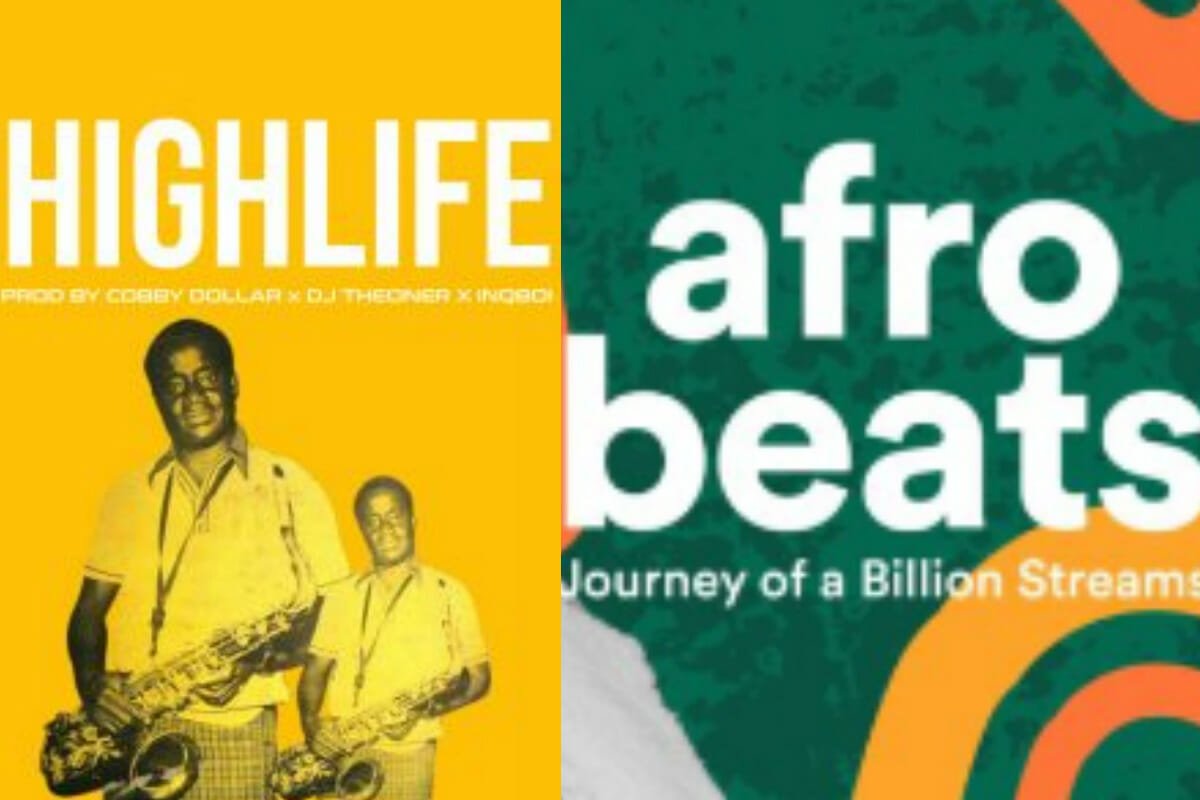Afrobeats Vs Highlife: A Comparison of Nigerian Music Genres

Nigeria, a nation with a rich cultural heritage in West Africa, is known for its unique and rich musical tradition, which has enthralled listeners all over the world. Afrobeats and Highlife are two well-known genres that have had a significant impact on the development of Nigerian music. Both genres contain traditional African music at their core, but they have changed and grown over time to suit the shifting tastes and preferences of a global audience.
Nigerian music has experienced a fascinating evolution through various genres, and Afrobeats and Highlife stand as two pillars of this musical journey. Afrobeats represents the dynamic and cosmopolitan face of Nigerian music, captivating audiences across the globe with its infectious beats and catchy melodies. On the other hand, Highlife holds a significant place in Nigeria’s musical heritage, reflecting its historical roots and cultural identity.
Afrobeats: The Modern Sensation
Afrobeats is a modern musical style that first appeared in the 2000s and has subsequently risen to the top of the world music scene. Afrobeats is frequently confused with Afrobeat, a style made popular by Fela Kuti in the 1970s. Afrobeats distinguishes itself by adding a “s” to signify its contemporary identity. Highlife, hip-hop, dancehall, and R&B are just a few of the components that the genre fuses to create a dynamic and contagious sound.
The inventiveness and entrepreneurship of Nigerian musicians and producers are some of the factors that have contributed to the growth of Afrobeats. Afrobeats pioneers like D’Banj, Wizkid, Davido, and Burna Boy were instrumental in establishing the genre’s appeal abroad by working with other musicians and reaching out to new audiences.
The rhythmic essence of Afrobeats lies in its infectious beats, catchy melodies, and engaging lyrics that often address social and romantic themes. Moreover, the genre’s emphasis on dance and visuals has played a crucial role in the rise of viral dance challenges and music videos that go viral across social media platforms.
Highlife: The Origin of Nigerian Popular Music
The early 20th century is when highlife, an older genre that predates afrobeats, first emerged. With influences from traditional Igbo and Yoruba music, Western jazz, and Latin rhythms, it was made famous by Ghanaian and Nigerian performers in the 1950s and 1960s.
When the genre first took off in Nigeria’s major areas, the word “Highlife” was used to describe the vibrant nightlife there. Highlife music is distinguished by the use of regional percussion and traditional singing techniques, as well as the usage of guitars, horns, and other Western instruments. It frequently includes social critique, love, and nostalgia themes.
Highlife’s Golden Era featured iconic artists like Sir Victor Olaiya, Bobby Benson, and E.T. Mensah, who helped shape the genre’s identity and established it as the foundation of Nigerian popular music. As time progressed, Highlife continued to evolve, blending with other genres like juju and fuji, but it gradually took a backseat with the emergence of new musical styles like Afrobeats.
Comparing the Two Genres
While Afrobeats and Highlife are distinct genres with different histories, they share some common elements that showcase the interconnectedness of Nigerian music:
Rhythm and Dance: Both genres heavily emphasize rhythmic patterns and danceability. Highlife’s lively beats and Afrobeats’ infectious rhythms encourage people to dance, fostering a vibrant and energetic atmosphere.
Storytelling: Both genres utilize storytelling in their lyrics, albeit with different themes. Highlife often focuses on romantic tales and reflections on life experiences, while Afrobeats addresses a wider range of contemporary issues and cultural references.
Global Influence: Both Afrobeats and Highlife have left an indelible mark on the international music scene. Highlife paved the way for African music’s recognition on the global stage, while Afrobeats has seen exponential growth and collaboration with global artists, further solidifying Africa’s influence in modern music.
Both genres, though different in their origins and contemporary appeal, demonstrate the resilience and creativity of Nigerian musicians. As the music industry continues to evolve, we can expect these genres to remain influential, and perhaps witness new fusions and sub-genres that further enrich Nigeria’s musical tapestry. Whether it’s the pulsating rhythms of Afrobeats or the nostalgic tunes of Highlife, Nigerian music will continue to captivate hearts and souls worldwide, celebrating the nation’s rich cultural diversity.






